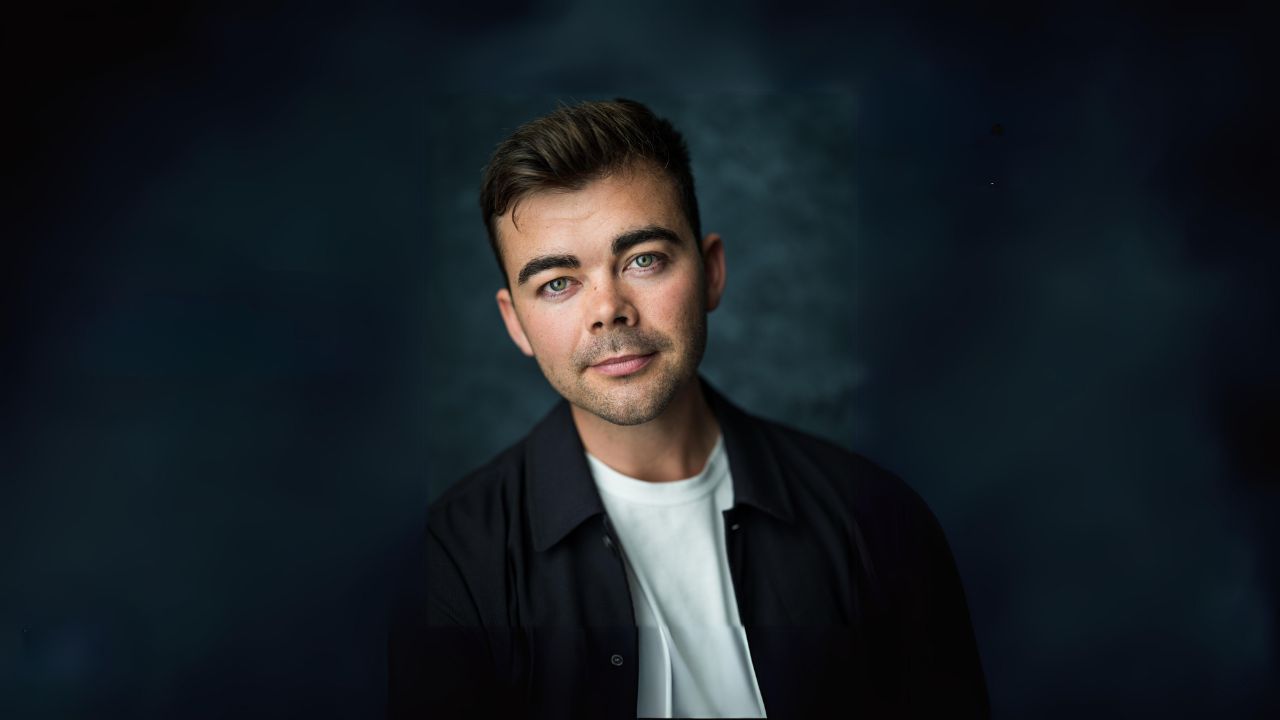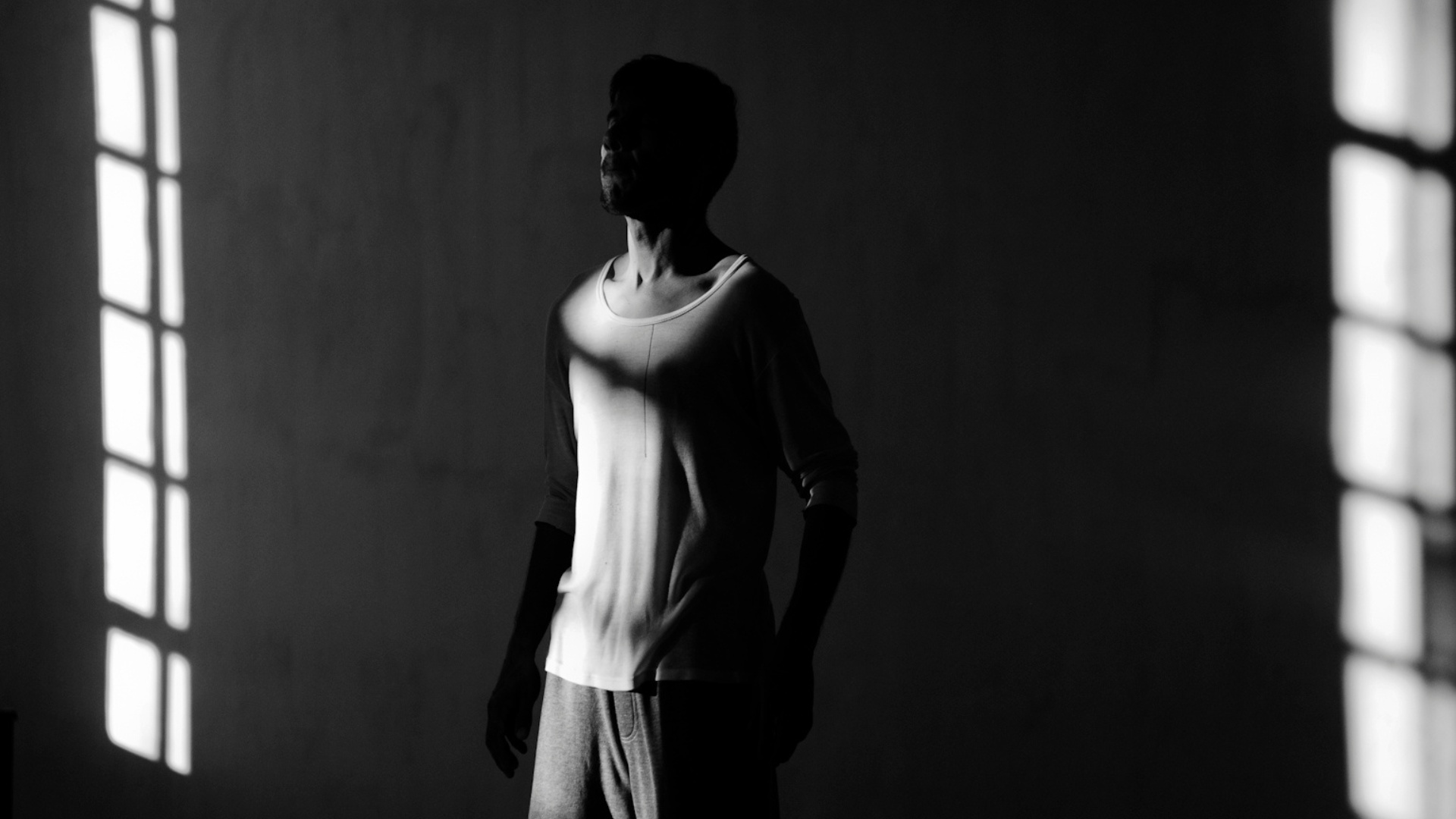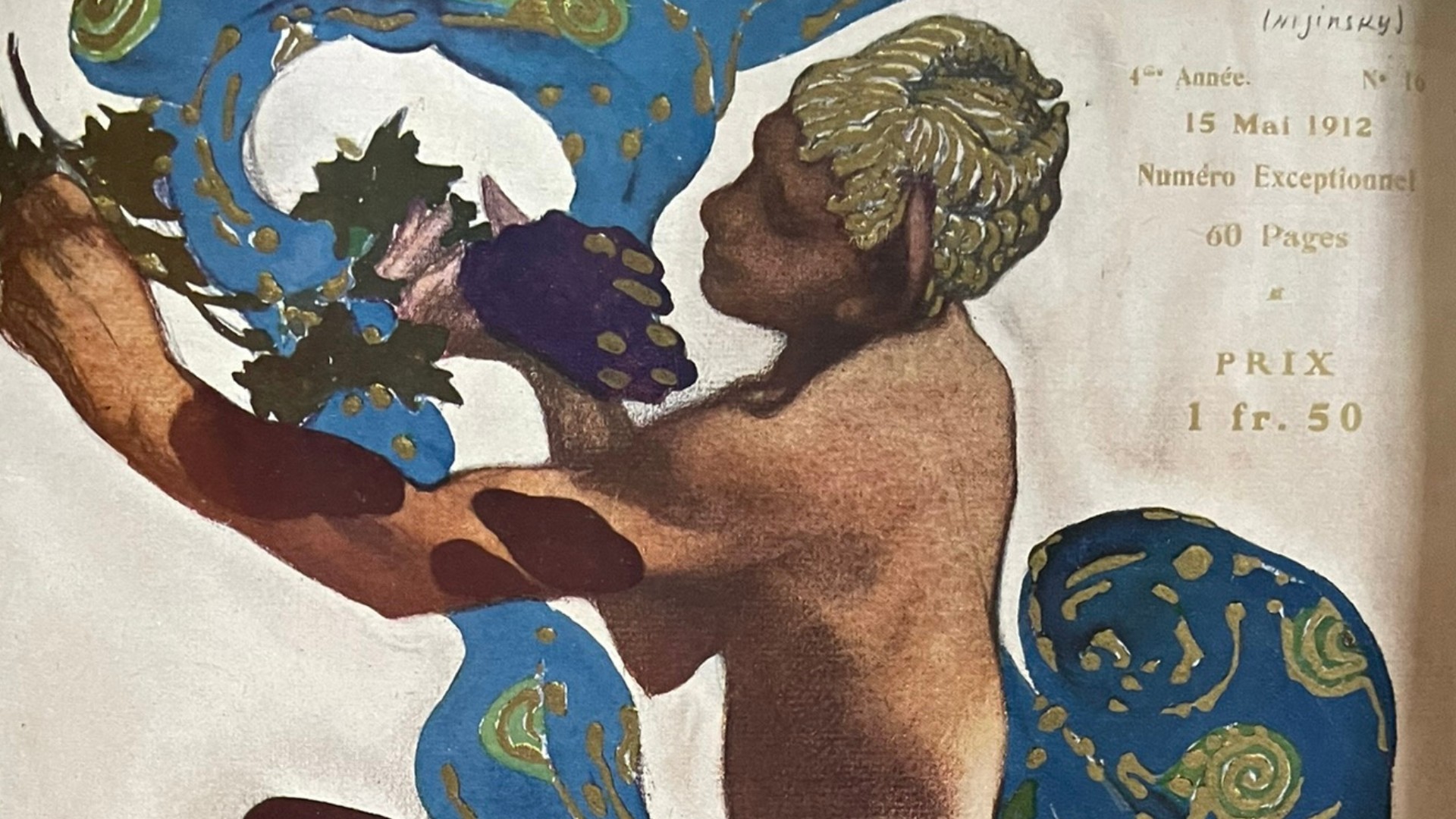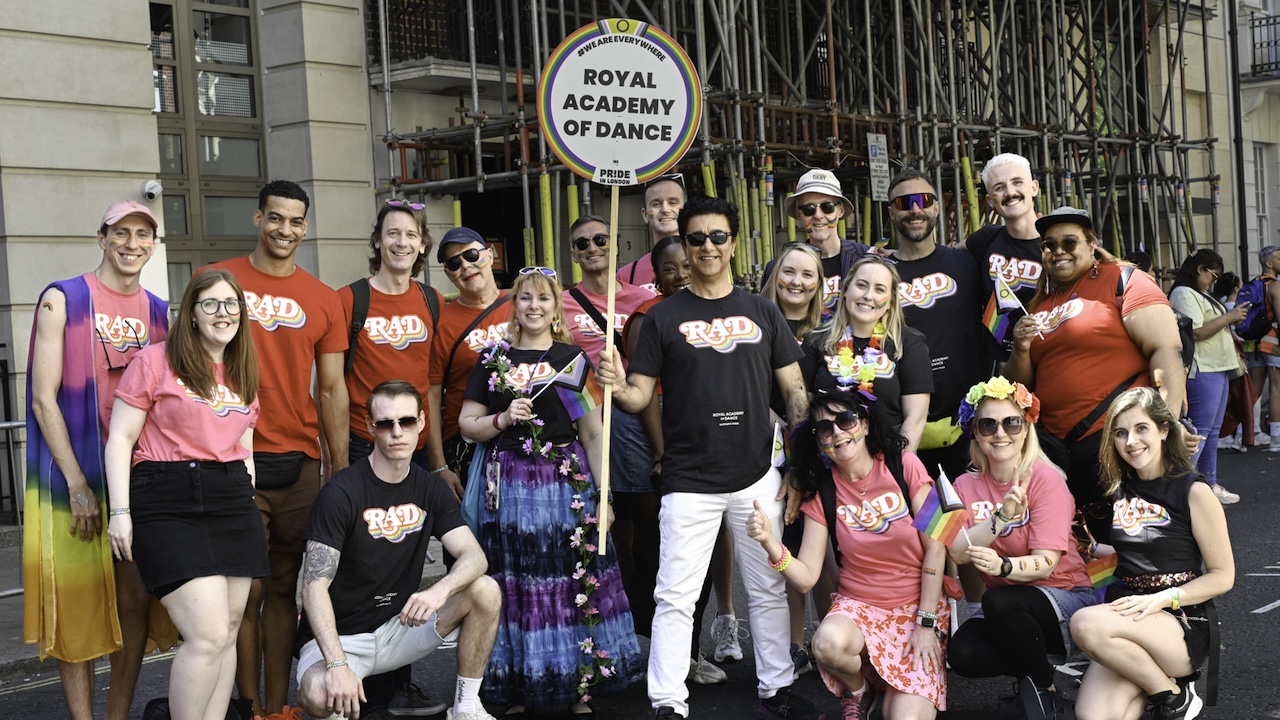What is Project Elimu?
Project Elimu is an after school programme for children in Kibera. Dance is one of our core activities, built around ballet, modern and African dance. We’ve been running this space since 2018, aiming to give children in Kibera a place to hang out, a safe space for young kids to come in and explore the beauty of dance.
We focus on creating dance as an access for education: we’ve seen children who are dancing with us getting more eager and interested in school. It is an oasis of a safe space for children, using dance as a tool of expression.
I imagine the world outside the school is less safe?
Kibera is not an easy place to grow up as a child. Children face a lot of domestic violence and neglect – some even face hardship even when it comes to accessing food. It’s a quite intense but also a very beautiful place, with a lot of happiness, lots of colour, lots of people trying to make a difference.
Like any other slum, Kibera is quite intense, but also sometimes dangerous to young girls growing up there. Our activities are designed to make children feel safe and teach them how to take care of themselves. We do a lot around sexual reproductive health and menstrual health management. Within the school, we have a sanitary towel bank, because when I started teaching one of the biggest challenges was that we would always have girls missing dance classes just because they didn’t have access to menstrual products.
How did your own dance journey begin?
I always say I started dancing as a default. My single mother was not able to support my high school education – my father had just passed away and everything broke down. I was pushed out to work at 15. I always wanted to be in the arts field. When I saw a poster for dance auditions for a Kenyan performing arts group, I thought it would be a perfect opportunity.
Dancing gave me so much. I was not the best dancer in my dance school – when they were selecting 10 people, I would always be the 10th – but this taught me persistence. That’s why I love sharing my story with my students so that they all know that it’s not just about being the perfect dancer. It’s about the journey.

Why is RAD ballet also part of the mix at the school?
To me it was important because it gives you an introduction to ballet in a very smooth, understandable way. It trains you on working on your core from a very early age. By the time they grow older and venture into other dance classes, like modern dance, jazz and African dance, you can see the presence of these children. They always have their backs straight.
It has also been helpful academically. I love ballet because it teaches you that when you’re present, you’re also present in your normal classroom. I always tell them with pride: when you dance, you become elegant. And being elegant, you don’t need to know every answer within your class, but you can get help whenever you ask for it.
It must be emotional to see people come in as young kids and leave on the verge of their adult life?
It’s fulfilling when I see children get scholarships that initially they would have not been able to get. Some have travelled abroad, or been able to join high school: we have a very high rate of school dropout due to financial issues here. I see them become students at the university of Nairobi, studying medicine. They did this because we were able to find scholarship opportunities for them through dance. They start off just walking in to play and it ends up amazing.
Why does dance matter to you?
Dance matters to me so much because it’s our core. In Kenya, we used to use dance to celebrate things or for mourning. We used to use dance to mark our calendars – it has been part of our lives. However, dance was often given a negative approach, and thought of as time-wasting tool, just a tool for entertainment. Yet it is something that makes us realise who we really are, our identity and our path. It is okay to dream and to want to be who you want to be. Dance has given that to me and so to me dance matters so much.

LISTEN
Hear the full interview with Mike Wamaya
WATCH
Project Elimu’s official music video
















